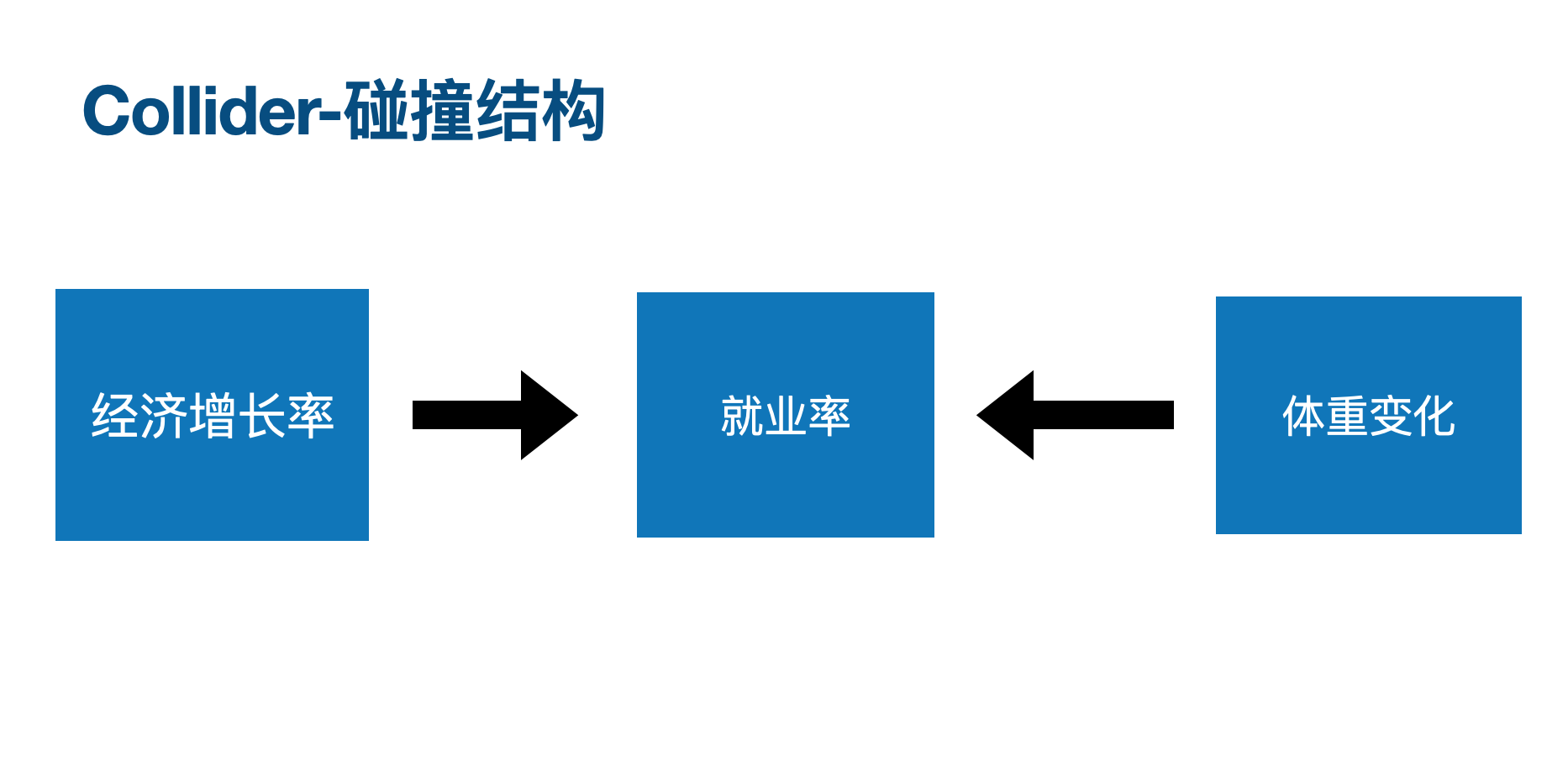9 Causal Inference
In this chapter I recommend the only book in this tutorial,that is Judea Pearl’s The Book of Why. Reason and Outcome is a very fascinating topic, from one side it’s in the top tier of knowledge pyramid, meanwhile it’s also the bedrock of all researches. “why” is both the start and the goal./
9.1 Theory & Casual Inference
From the literature review, all previous research is kind of your basement to achieve causal inference. If your reviews build on important and frontier articles, then there is no doubt researchers have high confidence to your conclusion./
Lots of scholars in the big data era underestimate the role of theory. Generally speaking, many data outcomes can have multiple explanations. There are always competitive hypotheses, and data can’t speak by themselves. The theory framework can help us to differentiate.
9.2 Experiment
The key of experiment method is randomlization. Through control we can create and control all the process, and the rigorous design and experiment environment can guaranty the effect if and only if come from one variable.

9.3 Quasi-experiment
In social science, we don’t have the condition to make an experiment, but lots of statistical methods use this idea. Based on anti-factual throught, and to mimic science’s tretment/ control group, developed a series of methods.
Multiple Regression Analysis is the most common statistical technique, the core idea is to control other possible variables and creat an artifical experiment environment.
Regression Discontinuity, Instrumental Variable, Difference in Difference, all focus on the policy evaluation. Questionnaire experiment can be more easily used in exploration.

9.4 Direct Acyclic Graph
Causal inference relation is not so easy to get, especially when there are lots of variables. This part introduce 3 types of structure, learn


